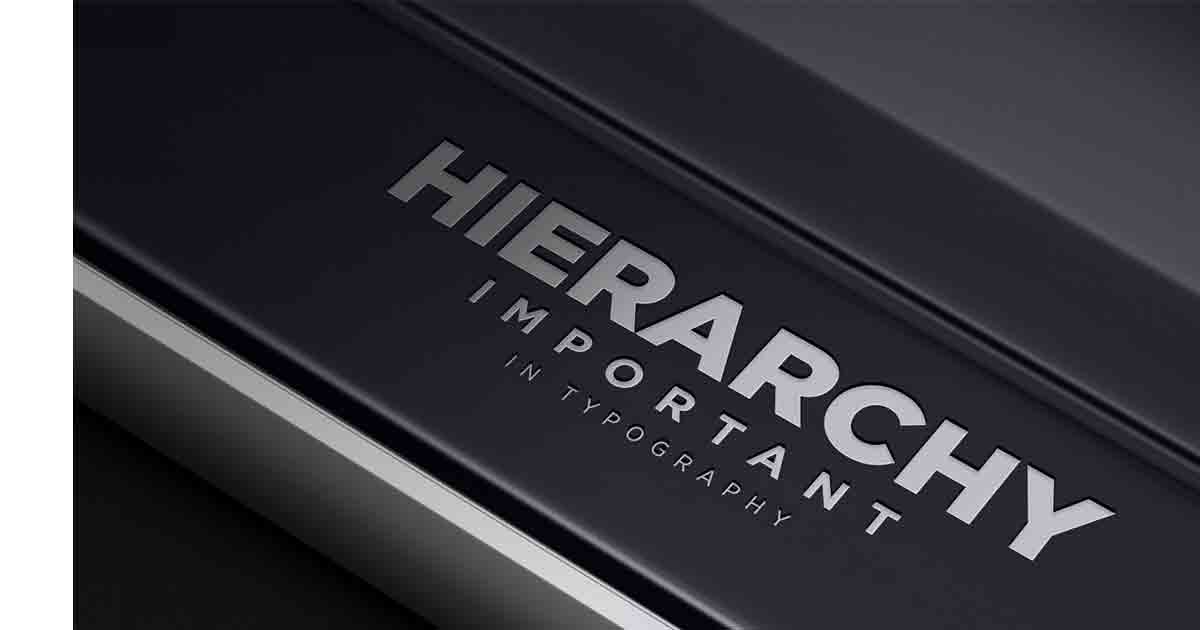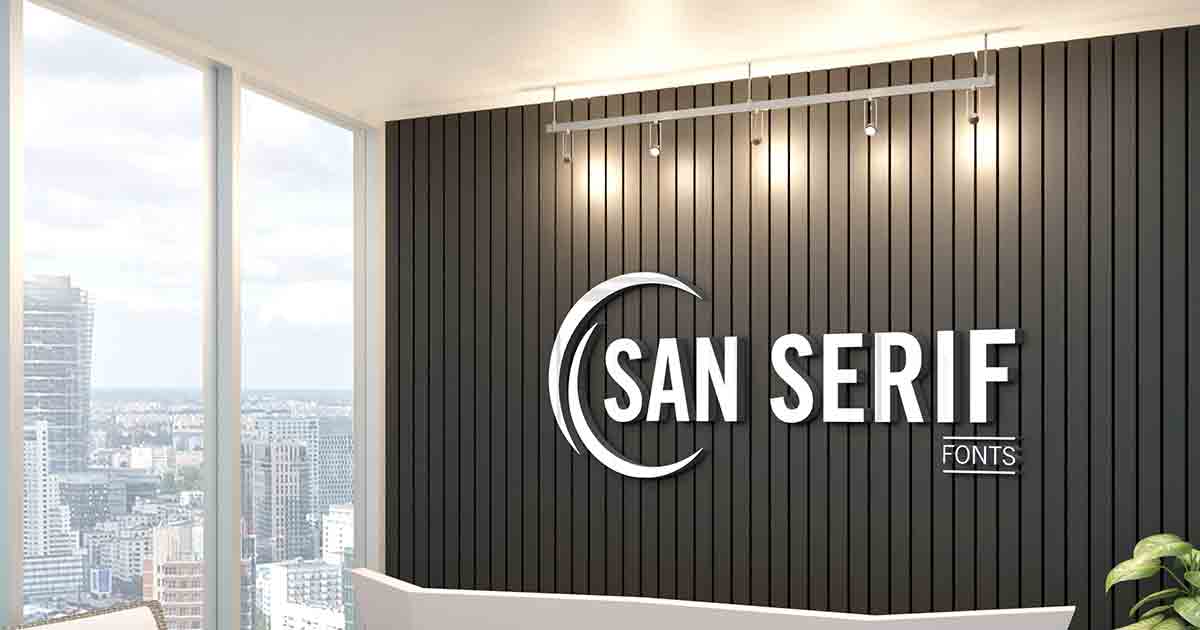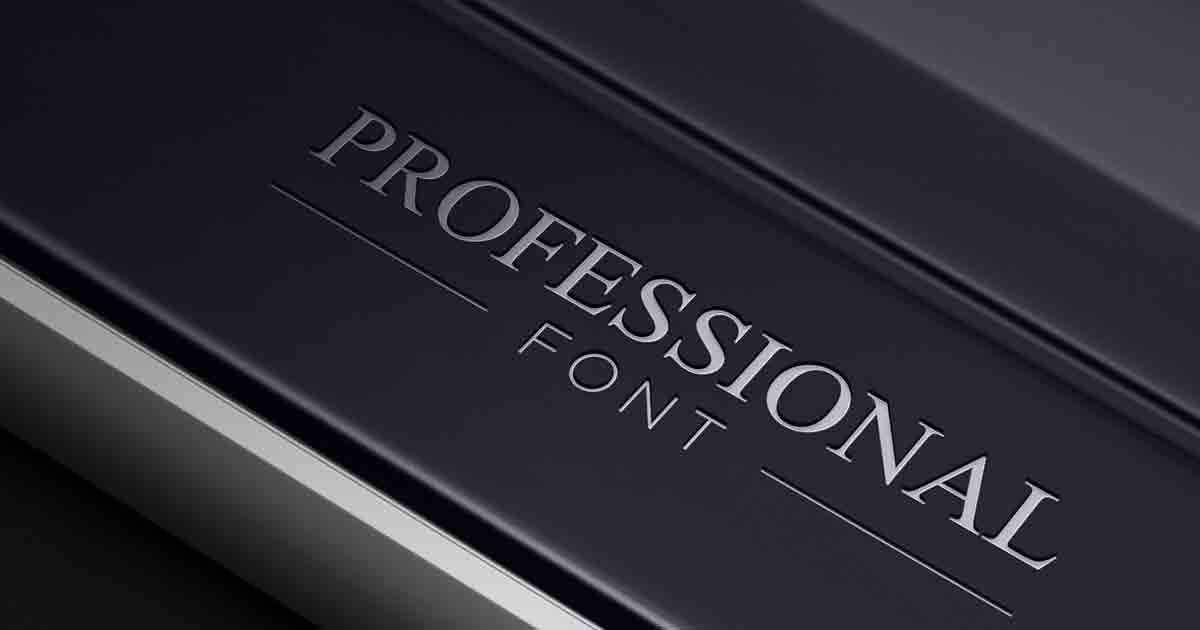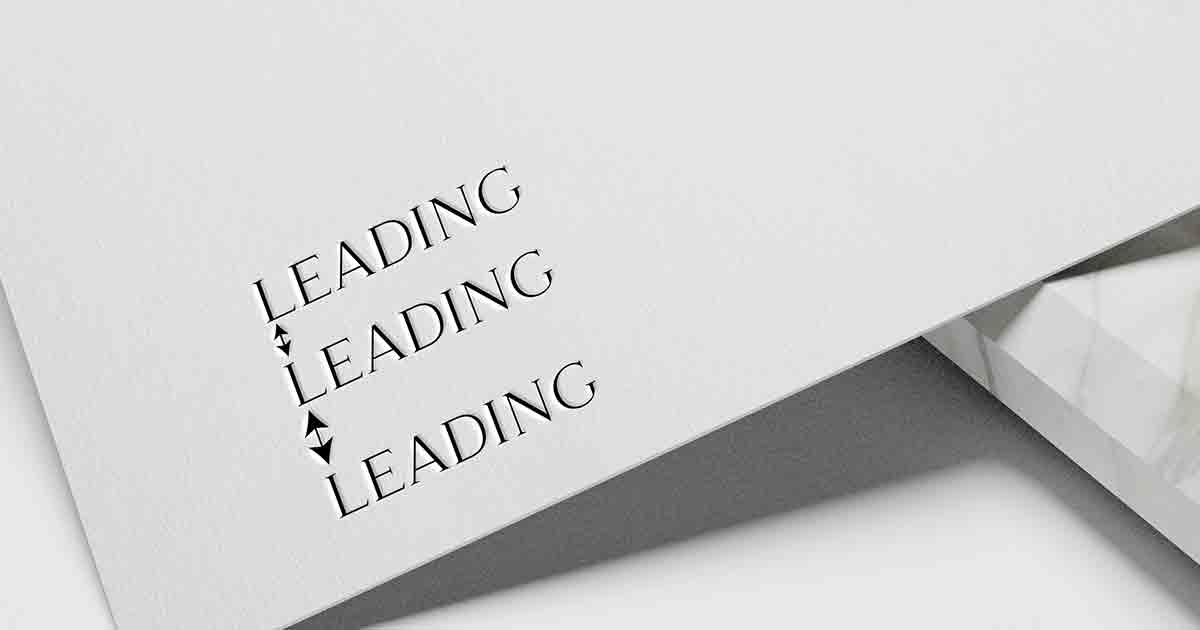How Typography Impacts Design
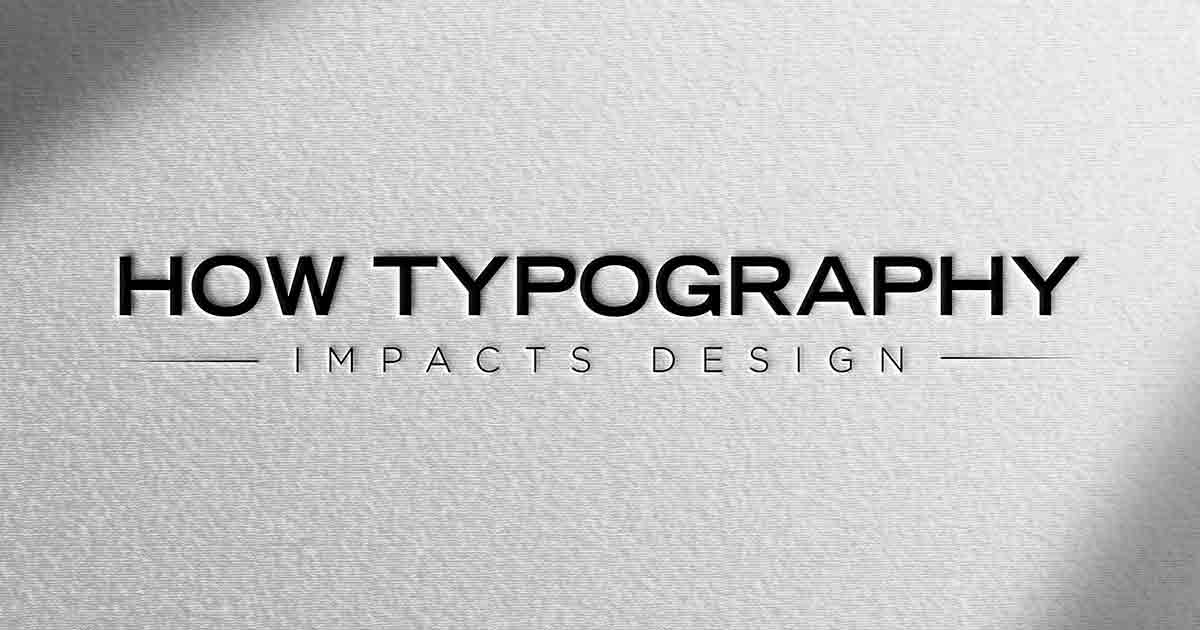
HOW TYPOGRAPHY IMPACTS DESIGN
HOW TYPOGRAPHY IMPACTS DESIGN
Typography plays a vital role in the design, significantly influencing various mediums’ visual appeal and effectiveness.
Typography is the art and skill of organizing type to ensure the written language is readable and visually pleasing.
In this article, we will delve into the influence of typography on design and examine its importance in various domains.
Introduction
Typography is more than selecting a font or arranging text on a page.
It is a powerful design element that helps convey messages, evoke emotions, and establish a visual hierarchy.
Designers across various industries recognize typography’s impact on their work, whether in branding, web design, print design, user experience, advertising, or mobile design.
Importance of Typography
Typography plays a vital role in design for several reasons.
Foremost, it enhances readability and comprehension.
Well-designed typography ensures that content is legible, making it easier for users to consume information.
Typography sets the tone and personality of a design, helping to create a visual identity and establish brand recognition.
Elements of Typography
Typography comprises various elements designers consider when creating visually appealing and functional designs.
These elements include typefaces, font weights, font sizes, spacing, line height, and letterforms.
Each factor contributes to the overall aesthetics and readability of the text, allowing designers to communicate their intended message effectively.
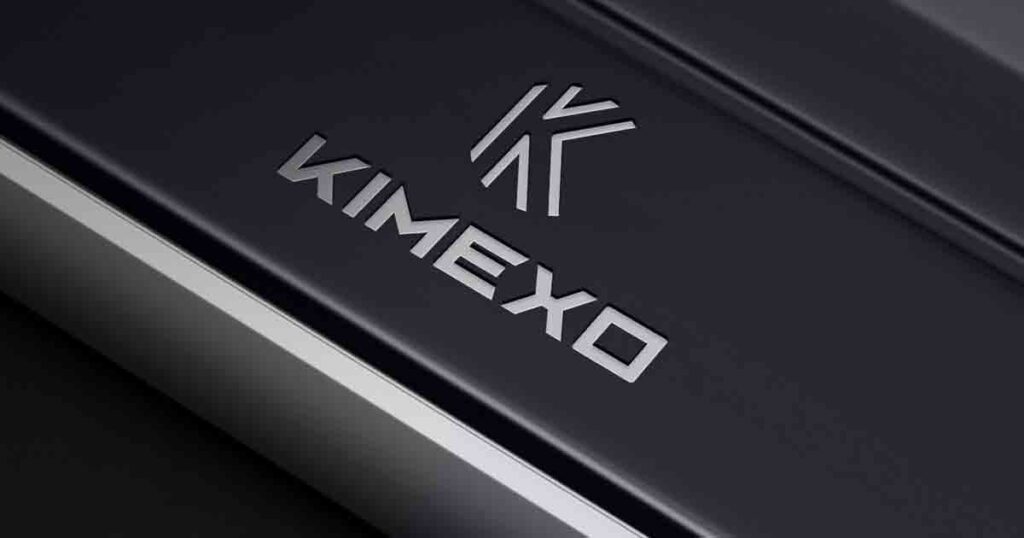
Typography in Branding
In branding, typography is critical in establishing brand identity and recognition.
Companies can convey their brand’s personality, values, and positioning by choosing the right typeface and creating a unique typographic treatment.
Typography in logos, taglines, and brand collaterals can evoke specific emotions and create a memorable brand experience.
Typography in Web Design
The typography used in web design significantly impacts user experience and engagement.
Well-structured typography improves readability, guides users through the content, and enhances the overall visual appeal of a website.
Proper font selection and hierarchy help create a clear information hierarchy and improve user navigation.
Typography in Print Design
Print design, such as magazines, brochures, and posters, heavily relies on typography to deliver information effectively.
The right combination of typefaces, font sizes, and layout can captivate readers and enhance the reading experience.
Typography in print design requires careful attention to detail, ensuring legibility and maintaining consistency throughout the procedure.
Typography in User Experience
It is crucial in user experience design by providing clear and concise information.
It helps users quickly understand and navigate through interfaces, improving usability.
Typography choices impact the accessibility of a design, ensuring that individuals with visual impairments can easily read and comprehend the content.
Typography in Advertising
In advertising, typography is vital in capturing attention and delivering messages effectively.
Attention-grabbing headlines and visually appealing treatments can make advertisements stand out.
The right typography can reinforce the brand message, evoke emotions, and persuade the audience to take action.
Typography in Mobile Design
With the rise of mobile devices, typography has become even more critical in design.
Limited screen sizes require careful consideration of font sizes, spacing, and legibility.
Mobile typography should prioritize readability and ensure a seamless user experience across different devices, making the content easily digestible on smaller screens.
Choosing the Right Typeface
Choosing the typeface is essential in design.
Different typefaces convey different emotions and aesthetics, and selecting the right one can significantly impact the overall design.
When choosing a typeface that aligns with the design’s purpose and target audience, designers should consider factors like readability, legibility, and brand alignment.
Typography Best Practices
To achieve optimal results with typography, designers should follow best practices.
Some of these include ensuring proper contrast between the text and background, maintaining consistency in font choices, using appropriate font sizes, and considering whitespace.
These practices contribute to better readability, legibility, and overall design cohesion.
The Future of Typography
As technology advances, typography continues to evolve.
New font technologies, variable fonts, and responsive typography reshape how designers approach typography.
The future of typography holds exciting possibilities, allowing for more creativity and flexibility in design.
Conclusion
Typography is a powerful design element that impacts various design aspects, including branding, web design, print design, user experience, advertising, and mobile design.
By carefully selecting and arranging typefaces, designers can enhance readability, create visual hierarchy, and establish brand recognition.
Typography plays a significant role in effectively communicating messages and shaping the overall design experience.
FAQs
Q1. Why is typography important in design?
Typography is essential in design because it enhances readability, establishes brand identity, and conveys messages effectively.
It sets the tone and personality of a design, making it visually engaging for users.
Q2. How does typography impact user experience?
Typography impacts user experience by improving readability, guiding users through content, and creating a clear information hierarchy.
It enhances the overall usability of interfaces and helps users quickly understand and navigate through designs.
Q3. What are some best practices for typography?
Some best practices for typography include maintaining proper contrast between text and background, using appropriate font sizes, maintaining consistency in font choices, and considering whitespace.
These practices contribute to better readability and overall design cohesion.
Q4. How does typography influence branding?
Typography plays a critical role in branding by establishing brand identity and recognition.
The right typography choice can convey a brand’s personality, values, and positioning, creating a memorable brand experience for consumers.
Q5. What is the future of typography?
The future of typography holds exciting possibilities with new font technologies, variable fonts, and responsive typography.
These advancements allow for more creativity and flexibility in design, shaping how designers approach typography.
